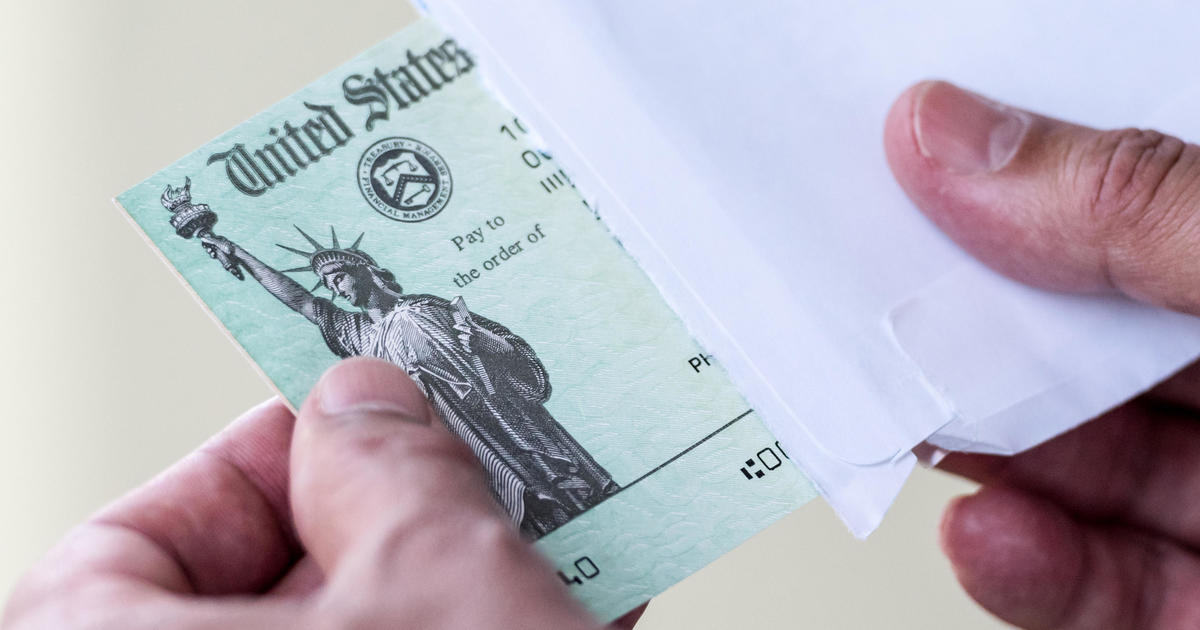
With only a few days remaining until the May 17 tax deadline, almost 40 million taxpayers have yet to send their tax forms to the IRS. Last-minute filers will be wading into a tax season unlike any other, with a growing backlog at the IRS delaying tax refunds by weeks or even months for millions of taxpayers.
There are some steps taxpayers can take to minimize the risk of getting their tax returns flagged by the IRS for manual processing — a procedure that can cause long delays in getting your tax refund, experts say. So far, about 121 million people have filed their returns, or 5 million fewer people than had filed by this time last year, according to IRS data. Of those who have already filed this year, about 81 million have received refunds through the end of April.
Typically, millions of Americans wait until the last minute to file their taxes, but the ranks of procrastinators has grown this year amid an ongoing pandemic and a bevy of tax code changes enacted by several stimulus bills. The typical tax refund is almost $3,000, which may represent the biggest check of the year for many taxpayers, and the IRS says that 9 in 10 refunds are issued within 21 days of filing electronically, and within 6 weeks for paper returns sent in the mail.
Unfortunately, taxpayers whose returns are flagged by the IRS are facing much, much longer waits, with some telling CBS MoneyWatch they have been waiting for two to three months for their refunds.
“If you are in that bucket, you do need to be prepared for a bit longer wait than in prior years,” said Mark Steber, chief tax information officer at Jackson Hewitt. “It’s very unusual, but you have an unusual set of circumstances.”
The problems started with the pandemic in March 2020, when the IRS temporarily shut down tax processing centers and pushed back the tax filing deadline to mid-July, due to the spread of COVID-19. Tax returns filed via paper forms were stuffed into tractor trailers since IRS employees weren’t able to open and process paper returns. As of March 2021, the agency still had a backlog of 2.4 million paper returns from the 2019 tax year to process.
On top of that, the IRS was given the task of sending three rounds of stimulus checks to millions of people, as well as handling tax code changes that were enacted through several stimulus bills passed by Congress in the past year. And the agency is juggling all of these tasks with significantly fewer employees and less funding compared with a decade ago.
But there are steps taxpayers can take to help ensure the swift processing of their tax returns, according to experts.
File electronically
If possible, file your taxes electronically, a step recommended by both the IRS and tax professionals. Unfortunately, there are a few types of taxpayers who don’t have a choice, such as U.S. citizens who live outside the country — they aren’t able to e-file.
“I would counsel everyone to file electronically,” said Mark Everson, vice chairman at tax consultancy Alliantgroup and a former IRS Commissioner. “They aren’t functioning well with transactions that aren’t online,” he said of the agency.
That’s due to the paper backlog left over from the prior tax year, as well as ongoing staffing issues due to the pandemic since paper returns must be handled by workers. The agency is struggling to find new staff, with more than 4,000 unfilled openings in its “submission processing” division, which helps process tax returns, according to a May 6 report from the Treasury Inspector General for Tax Administration.
Ask for direct deposit
Putting your direct deposit information on your tax return will help speed your refund, experts say. And when you do that, double-check your routing number and bank account number to ensure a smooth deposit.
“If you want your money as soon as possible, provide your correct bank account and routing number for your refund,” recommended Eric Bronnenkant, head of tax at financial services firm Betterment. “That is something that everyone should be doing to the best of their ability.”
To be sure, the IRS is sending out paper checks, but it does take longer for paper checks to reach a mailbox compared with a direct deposit to your bank account.
Double-check how much stimulus money you got
One of the biggest triggers for getting your tax return flagged by the IRS is the “Rebate Recovery Credit,” which is line 30 on your 1040 tax return. In fact, about one-third of tax returns that claim the Rebate Recovery Credit — for a total of 6.4 million returns — have been flagged by the IRS for review, according to the Treasury Inspector General for Tax Administration.
The Rebate Recovery Credit (RRC) allows people to claim additional stimulus funds if they didn’t get everything they were entitled to with the first two stimulus checks. The first check directed $1,200 to each eligible adult and $500 per dependent, while the second check directed $600 to each eligible adult and dependent. Both of those rounds of checks were directed through 2020 legislation, which is why the IRS is allowing people to claim an adjustment on their 2020 tax return.
For instance, someone who had a child in 2020 may not have received the stimulus payments for their new dependent because the IRS relied on 2019 tax returns to determine who was eligible last year. That means a taxpayer can claim the extra payments — $500 for the first check and $600 for the second — for their new child through the RRC.
But it turns out that millions of people are getting the calculation wrong, sometimes because they haven’t checked what they actually received. If there’s a discrepancy between the taxpayer’s claim and IRS data, the return will be flagged for a worker to check the figures — and that will cause a refund delay.
To avoid this, refer to the letters that the IRS sent to your home stating how much money you received, which are Forms 1444 and 1444-b. If you can’t find them, check your bank statements to make sure you are accurately reflecting the correct amount you received, experts say.
Got all your stimmy money? Don’t fill out the RRC
Some people may believe they need to fill out the Rebate Recovery Credit when they shouldn’t, which can also lead to a delay. The Rebate Recovery Credit is only for people who are owed more money, but that may not be obvious to some taxpayers.
“If you received the full amount, then you shouldn’t fill that out,” said Lisa Greene-Lewis, a certified public accountant and TurboTax tax expert.
Check for math errors
This may seem obvious, but almost 2 million tax returns were flagged due to math errors in 2019, according to the most recent IRS data.
This could be something as simple as an addition or subtraction error, but it’ll gum up the works if you are counting on a fast refund. Likewise, check the basics on your return, such as Social Security numbers, names, and that you included all the income you earned in 2020. Anything that doesn’t match up with the IRS data will get flagged for review.
Beyond your control: EITC, CTC “look backs”
There are two buckets that can lead to delays in getting a refund, said Jackson Hewitt’s Steber. “The first is the self-inflicted delay,” such as the items listed above, he said.
“The second bucket, unfortunately, you have less control over,” he noted. “It’s new stuff that has to have a closer look” by an IRS agent.
Chief among those is a change to the tax code that was enacted in the December stimulus package. That provision allows taxpayers to claim the same tax credits based on their 2019 income instead of their 2020 income if that proves more favorable to them — but such “look backs” require IRS employees to verify taxpayers’ 2019 incomes.
Those “look backs” can be used for the Earned Income Tax Credit, which is geared toward low-income workers, and the Child Tax Credit, which is aimed at middle-income families with children. Because that change to the tax code was signed into law on December 27, the IRS didn’t have time to upgrade its computers to deal with the switch — which means employees need to manually check those tax returns to verify the income on the “look back” is correct.
So far, almost 3 million tax returns have claimed the “look back” calculation — which means those returns have been pulled for an employee to review, according to the Treasury IG report.
Lastly, if you aren’t ready to file your taxes on or before May 17, you can file for an extension, which will give you until October 15 to file your return. But there’s a caveat: If you owe the IRS money, you will need to still pay up on or before May 17.
“Do your best. The worst thing to do is do nothing,” Alliantgroup’s Everson said. “Don’t wait to hear from IRS.”

